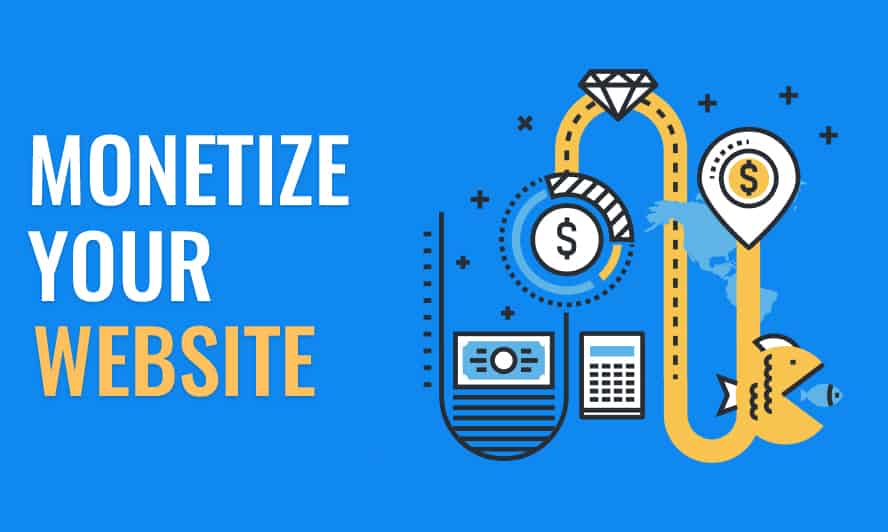Affiliate Marketing
One of the boom activities of e-commerce in recent times, affiliate marketing is a popular way of monetizing your site because the outlays are low, and it is relatively straightforward (and quick) to set up a program. This is all about endorsing products by promoting the items through your own web platform.
1 Affiliate Marketing2 Selling digital products3 Pay-per-click advertising4 Sell space for advertisements5 Donations
It’s a win-win situation for the retailer who is actually producing these because the affiliates who have signed up with them are basically doing the groundwork. This cuts down the company’s advertising costs. On your part, there are none of the overheads that would be associated with having to store stock and maintain inventories. The upshot is you get a slice of every sale made when customers click through to make a purchase. These commission rates range from 30% to upwards of 70% for specialist items. You can also share ideas with other affiliates about website monetization. This is all about a referral, so exactly how much you can make is pretty much determined by how much hard work you put in when looking for the most marketable products.
Selling digital products
Another excellent way of monetizing your web presence is by selling a product you have produced yourself. In this way, no one else is taking a cut anywhere further down the chain, and the ability to streamline sales is entirely down to you. E-books are obviously an increasingly common demand from online customers. As with anything else, it would be far better to take the time to become an authoritative voice on your subject rather than simply posting lists of items you have for sale. It’s all about generating a network of customers who will regard you as a reliable source and, crucially, will come back to see what updated products you have on offer.
Pay-per-click advertising
Google’s AdSense is excellent for website managers because it allows you to tap into the organization’s global advertising campaign. You can become a virtual shareholder in Google by posting third party adverts on your own site. Assuming your content is tailored towards a particular niche you can start to display adverts that tie in with this. Every time a customer and then clicks on your page to buy, you will get a cut. Again, there is huge scope to make money out of these adverts depending on the amount of traffic your website generates.
Sell space for advertisements
While AdSense is certainly the prime example of becoming a proxy marketeer, there are many others. You also have the option of selling space for adverts directly to companies. This is often done by offering to promote their products via sidebar banners for an agreed monthly rate. Like AdSense, revenue is driven by the number of visitors you accumulate, with a rate dependent on monthly hits.
Donations
Once you have begun developing a strong and fully engaged community based on your particular niche, you can think about accepting commissions. Obviously, this is not something that you can rely on as your sole income source as it is entirely voluntary as to whether site visitors makes this commitment. But you can add donation buttons to your website that will give them the option of making a small contribution.
